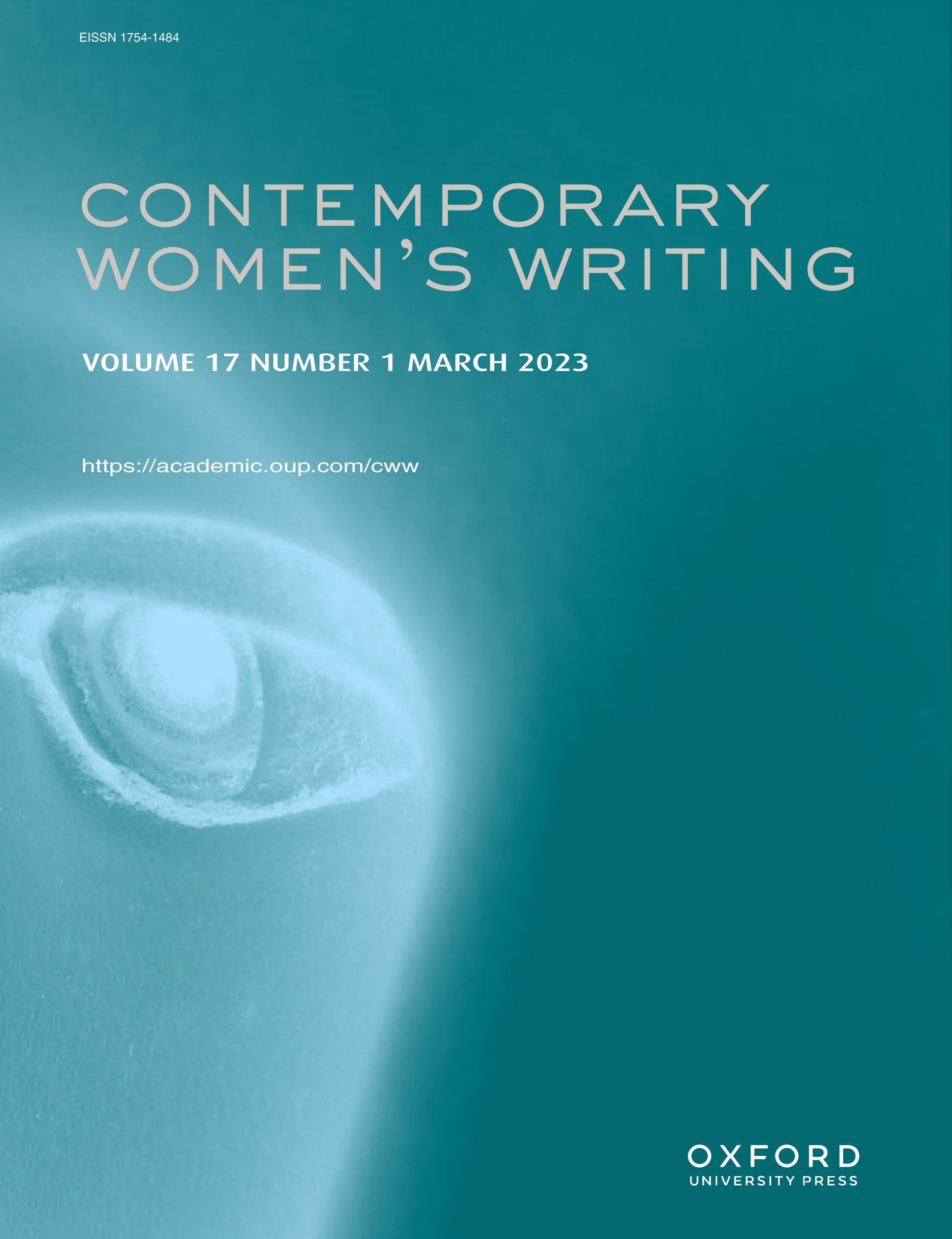I study the feminist politics of moving bodies across literature, film, and performance. I am currently a PhD candidate in English at the University of Toronto, where my SSHRC-funded dissertation takes up bodily comportment—gesture, posture, pose—in 70s/80s American feminist cultural production, arguing that it teaches us how to encounter bodies and to form knowledge more ethically. My scholarship broadly is concerned with how bodily movement indexes the interlocking pressures of gender, race, and sexuality, as well as how it frustrates methodological orthodoxies that reduce and taxonomize. Across my work, I am interested in how reading, interpretation, and criticism might become avenues for better understanding and practising non-mastery, something that I argue is brought into focus through the feminist study of embodiment. My primary fields of study are feminist theory, 20th-21st century American literature, film studies, performance theory, Black studies, and queer theory.
My dissertation, Bodies That Move and the Feminist Imagination, interrogates the relationship between bodily movement and the contours of gender, race, and sexuality in 70s/80s American feminist literature and visual culture. I investigate how feminists rewrite the politics of their bodies through errant and unreadable gestures, unruly postures, and poses that resist the conventions of Western patriarchal definitions of subjectivity, freedom, and ethics. Each chapter pairs a literary text with a visual object to explore the cross-fertilization of different reading practices and attend to the understudied relationship between feminist literature and other artforms during this era of prolific creation.
Other ongoing and related projects include an essay on gesture and mourning in Charlotte Wells’ film Aftersun and an interest in posture and respectability in Edith Wharton’s novel Summer. Previously, for my MA in Cinema Studies (‘21), I wrote a major culminating project arguing that it is through bodily movement that contemporary indie cinema has represented the normative transition to adulthood and non-normative resistances to it in feminist coming-of-age narratives, mapping this across four key terms: leaking, breaking, holding, and flying. I have also published peer-reviewed essays on Mike Mills’ film 20th Century Women and Miriam Toews’ novel Women Talking.
PhD, English —University of Toronto (2022-present)
MA, English —University of Toronto (2022)
MA, Cinema Studies —University of Toronto (2021)
BA, Individualized Study —New York University (2019)
Just Be There: Ethics and Aesthetics of the Surface in Mike Mills’ 20th Century Women
Camera Obscura: Feminism, Culture and Media Studies, Vol. 39, Issue 2 (2024)
Miriam Toews’ Women Talking and the Embodied Life of Feminist Nonviolence
Contemporary Women’s Writing, Vol. 17, Issue 1 (2023)
Book Review: Ugly Freedoms, Elizabeth R. Anker
To be Decided*: Journal of Interdisciplinary Theory, Vol. 7: “Change; Together” (2022)



